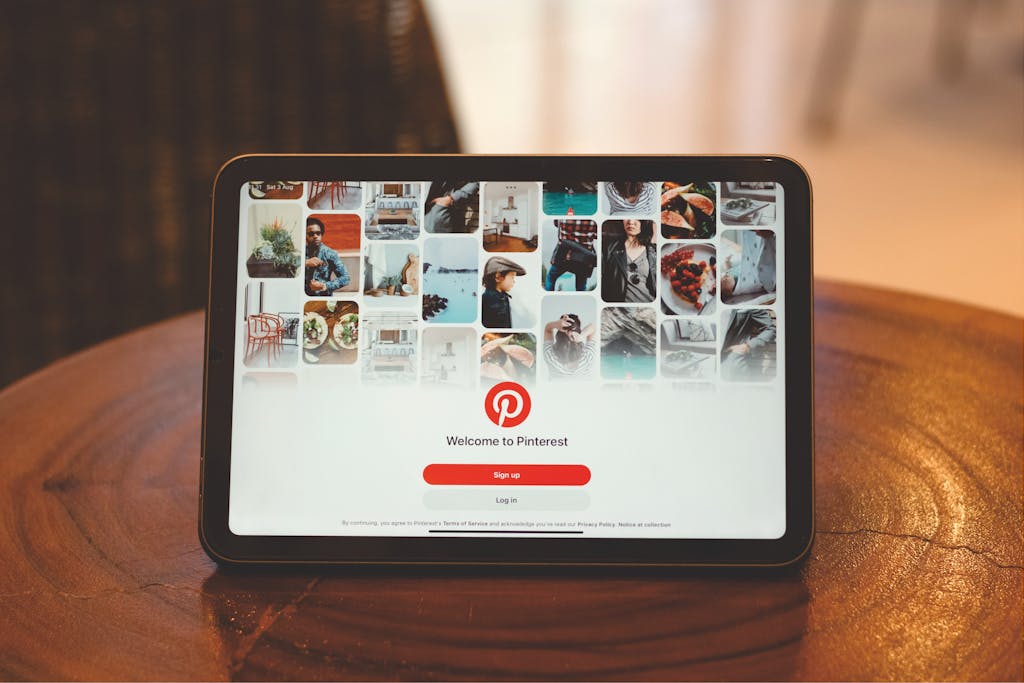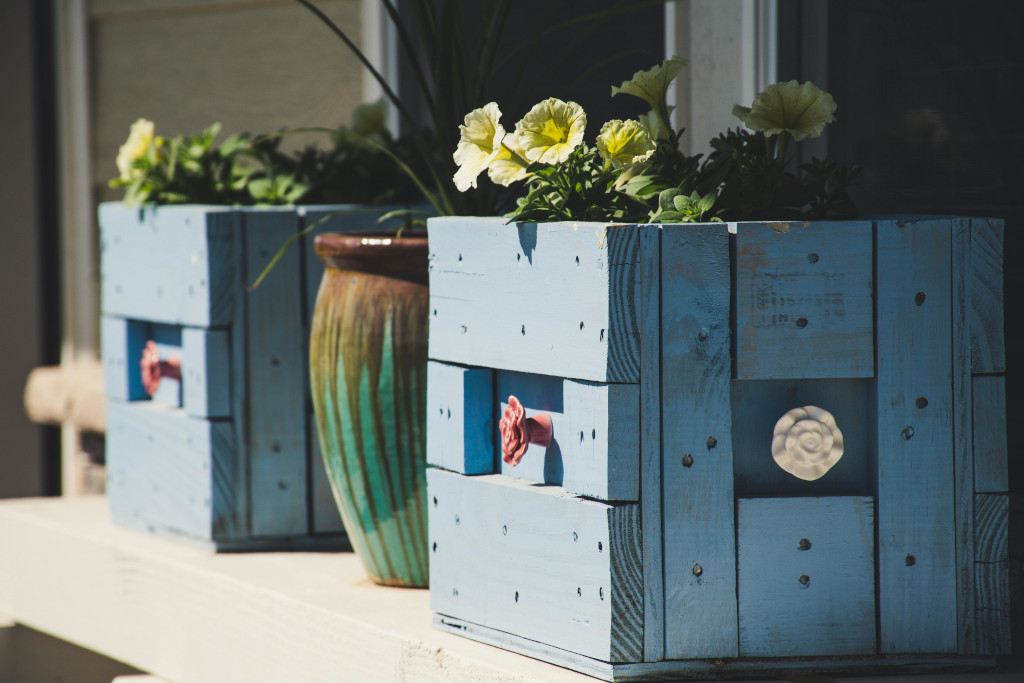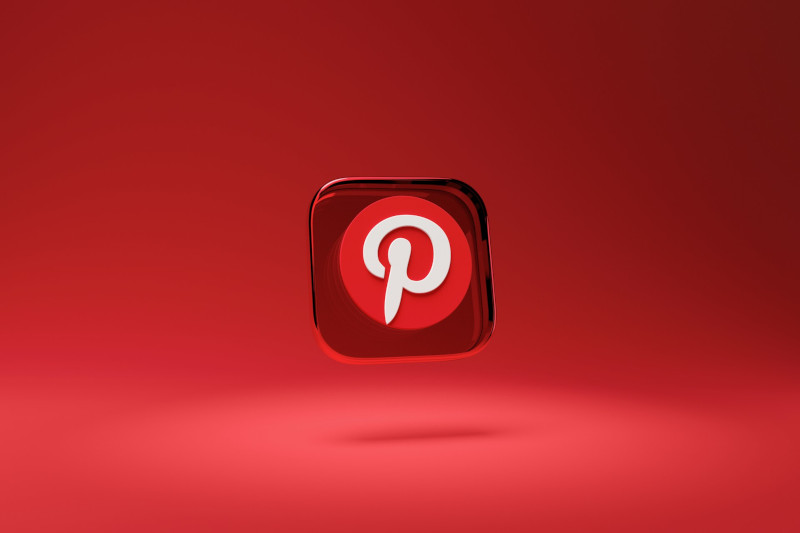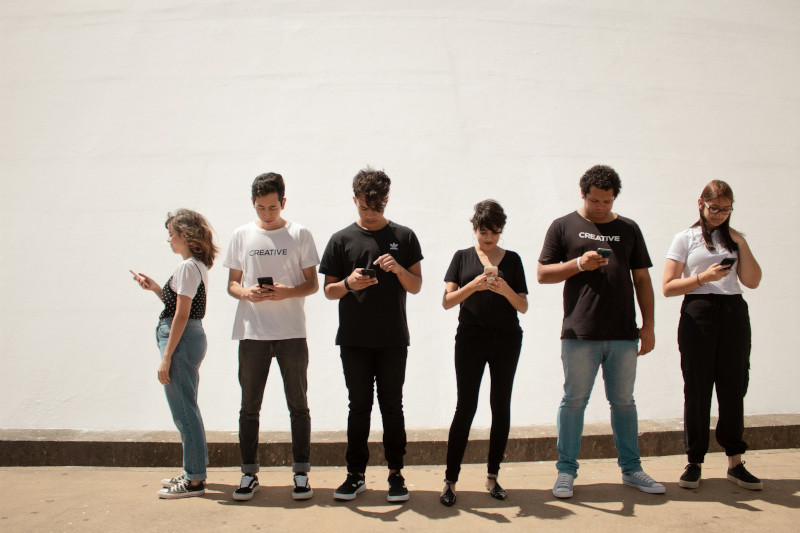Last Updated on October 9, 2025
Pinterest users are intentional. They’re not doom-scrolling – they’re planning weddings, redesigning homes, searching for zero-waste swaps, and building vision boards for a better future. Over 80% of weekly Pinners have discovered a new brand or product on the platform, and eco-conscious content is gaining momentum. From “sustainable gift ideas” to “eco-friendly skincare,” search volume is rising.
For sustainable brands, it’s a golden opportunity to reach a growing audience of eco-conscious consumers. With over 480 million monthly active users globally, Pinterest is evolving into a key driver for values-based commerce. In this guide, we’ll show you how to tap into Pinterest’s potential and build a vibrant presence for your green business.
Why Use Pinterest as a Sustainable Brand?

Pinterest users are planners and dreamers. Unlike fast-scrolling feeds on other platforms, Pinterest is where people actively search and save ideas for their future, whether that’s a plastic-free home, a solar-powered van life, or a vegan holiday meal.
According to Pinterest’s 2024 report, searches for “sustainable living” have increased by over 80% year-on-year. Millennials and Gen Z users – who comprise a majority on the platform – are especially drawn to sustainable, ethical, and low-waste content. More than 60% of Pinners say Pinterest inspires them to make more eco-friendly purchases.
If your brand aligns with sustainability, Pinterest is the perfect playground to showcase your mission, educate your audience, and drive traffic that converts.
Top Performing Pinterest Content Ideas for Sustainable Brands
Let’s dive into proven content formats that resonate on Pinterest – updated and tailored for planet-friendly businesses.
1. Pin Original Content with Purpose
Original content is your bread and butter. Whether it’s blog posts, product pages, or sustainability tips, pinning your own visuals gives you full control over your message.
For example, if you’re a refillable skincare brand, share blog posts about reducing single-use plastics or eco-friendly beauty routines. Use branded graphics or lifestyle images to drive traffic to your site. Posts with clear titles like “5 Zeo-Waste Skincare Swaps” perform especially well.
Tip: Use vertical images (2:3 ratio) and overlay text to clarify the message. Pinterest recommends 1000 x 1500 px for best results.
2. Repin and Curate Thoughtfully
Sustainability is a collective journey. Repinning valuable content from thought leaders, environmental orgs, or fellow green businesses can position your brand as a hub of inspiration.
Curate topics that align with your mission – like ethical fashion, composting, or solar tech – and organize them into themed boards. Think: “Eco Travel Tips” or “Plastic-Free Kitchen Hacks.”
Stats show over 80% of Pinterest content is repinned, so curating quality content can grow your visibility without constantly creating new assets.
3. Pin Every Product with an Eco-Angle
Pinterest is made for shopping, especially when it aligns with a user’s values. Rich Pins (a feature for product pins) display real-time pricing, availability, and product info – great for sustainable products.
Go a step further by adding a sustainability highlight in your description: “Made from 100% recycled cotton,” or “Shipped in compostable packaging.” This increases engagement and trust.
According to Pinterest, pins with pricing information get 36% more engagement. Include searchable keywords like “plastic-free gift ideas” or “vegan skincare.”
4. Use “How-To” and DIY Pins

Instructional content is king on Pinterest, especially when it’s actionable and eco-friendly. “How to Start Composting in an Apartment” or “DIY Beeswax Wraps” can go viral.
Pair step-by-step images with short, punchy instructions in the description. Link to longer blog tutorials or downloadable guides on your site. Users love to save this kind of content and come back to it later.
Even better? Show your own products in action within these guides to blend value with subtle promotion.
5. Pin Engaging Videos
Short videos are booming on Pinterest – searches for “aesthetic sustainable routine” videos are up, and Gen Z leads the trend. Pinterest allows native video uploads, and video pins can autoplay in search, boosting visibility.
Show how your product fits into a zero-waste routine, capture a behind-the-scenes look at your packaging process, or share testimonials from happy, eco-conscious customers.
According to Pinterest, video pins are 3x more likely to drive clicks than static ones. Aim for 15-60 seconds of value-packed content.
6. Design Eye-Catching Infographics
Infographics make complex ideas digestible. For sustainable brands, this could be about water conservation, carbon footprints, or lifecycle comparisons (e.g., paper vs. plastic)
Use tools like Canva or Piktochart to turn stats into colorful, scroll-stopping visuals. For example, a graphic titled “Why Buy Organic Cotton?” that breaks down pesticide use and water savings can go far.
Infographics are highly shareable and build authority. Just make sure the data is cited and up to date.
7. Use Text Overlay on Pin Images
Text overlay boosts clarity, especially on mobile. Use short, readable headlines like “Low-Waste Packing List” or “5 Climate Facts You Didn’t Know.”
Tools like Canva make it easy to layer fonts, add brand colors, and insert your logo. Bonus: Use Pinterest trends to discover searchable phrases to include in your text overlay.
8. Collaborate Through Shared Boards
Pinterest is a community platform, and collaborative boards help amplify that. Invite like-minded brands, influencers, or sustainability bloggers to contribute to themed boards.
Example: Create a board called “Green Gifting Ideas” and invite a refill brand, a vegan chocolatier, and a zero-waste coach to contribute. You all benefit from shared audiences and reach.
Shared boards increase your exposure and build genuine relationships – two essential pieces of growing a mission-driven brand.
Bonus Tips for Sustainable Brand Success

Highlight People and Partners
Create pins or boards that spotlight your team, eco-conscious customers, or partners doing amazing work. This humanizes your brand and builds loyalty.
Promote Your Pins
Pinterest ads, known as Promoted Pins, offer big potential. In fact, Pinterest says brands typically see 20% more organic engagement after a campaign ends.
Start small – $10-20 per day can get meaningful reach. Target by interests (e.g., “sustainable fashion”) or keywords (e.g., “reusable water bottles”)
Engage Like a Human
Comment, reply, like, and follow. Pinterest might be quieter than other platforms, but authentic engagement still matters. Pinterest’s algorithm notices it too.
Track What Works
Use Pinterest Analytics to monitor which pins drive the most saves, clicks, and impressions. Double down on high-performers and refine low-engagement content.
Look at trends across seasons too – sustainable gifting explodes in Q4, while gardening and eco-cleaning rise in spring.
Final Thought
Pinterest isn’t just a digital mood board. For sustainable brands, it’s a powerful tool to educate, inspire, and grow a mission-aligned customer base. With the right pin strategy and purposeful content, your brand can thrive on Pinterest – and help make sustainable living a little more mainstream.
Ready to make your sustainable brand Pinterest-worthy? I can help you start pinning with purpose today. Get in touch.


